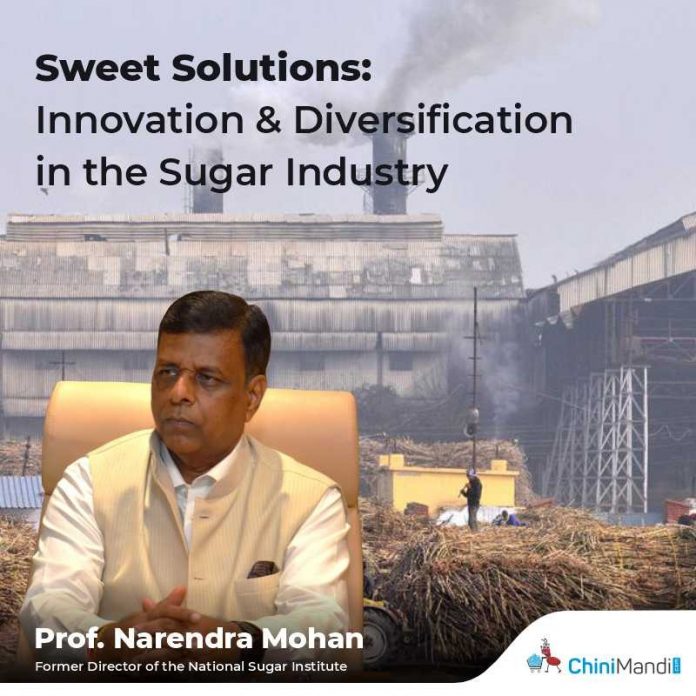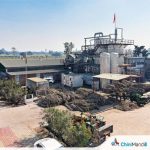As we look for sugar-ethanol mix, to achieve the desired targets in future, under unpredictable and unfavorable climatic conditions attributed to global warming, ensuring availability of sugarcane in requisite quantities appears to be a matter of concern and should remain high on agenda. Success of various projects and in fact sustainability of the existing units is likely to be adversely affected if arduous efforts are not made to ensure availability of sugarcane of good quality in requisite quantities.
With the advent of ethanol blending and possible diversion of sugarcane juice for production of ethanol, there should not be any issue of “Surplus” sugarcane as was experienced earlier when sugarcane was used solely for producing sugar. Our endeavor should be to achieve average sugarcane productivity of 100 MT/ hectare with 15% sugar content in the sugarcane by 2030 for a win-win situation for the farmers and millers, said Prof. Narendra Mohan, Former Director, National Sugar Institute, Kanpur. Merely vegetative growth should not be the parameter and in fact the productivity at the farm level is to reckoned from “Sugar per Hectare” or “Revenues per Hectare”.
We may flag many aspects, but the most important one is the varietal development and there is no room for being complacent with a single variety of sugarcane and there should be a bouquet of varieties for different region or zones. Every variety has its life and also may not be suited universally due to different agro-climatic conditions & other factors even in a particular state or region, hence, our effort should be to continuously develop bunch of high sugared, high productivity, climate resilient varieties requiring less irrigation water too so to have “More Crop per Drop”. When we talk about sustainable sugarcane production we address all such and other related issues including intercropping, said Prof. Mohan.
Adequate stress is to be made on IT interventions and in-fact also on use of AI & ML for assessing the crop condition, yield estimates, any attack of disease and pests and importantly on harvesting the crop at optimum maturity. Maturity wise harvesting and reduction in cut to crush delays is the fundamental principle to have higher sugar content in sugarcane and hence higher recovery. Considering the growing problem of farm labour, farm mechanization is gradually picking up. However, harvesting of sugarcane is a challenge due to non-availability of indigenous, smaller, low cost harvester which can also ensure lower trash% or extraneous matter in harvested cane. But now the way challenge has been taken up, hopefully, the issue is likely to be resolved soon, opined Prof. Narendra Mohan.
I hope a better cohesion amongst apex organizations of sugar factories, individual sugar units, sugarcane research institutes and state governments shall address all such issues, he said.












